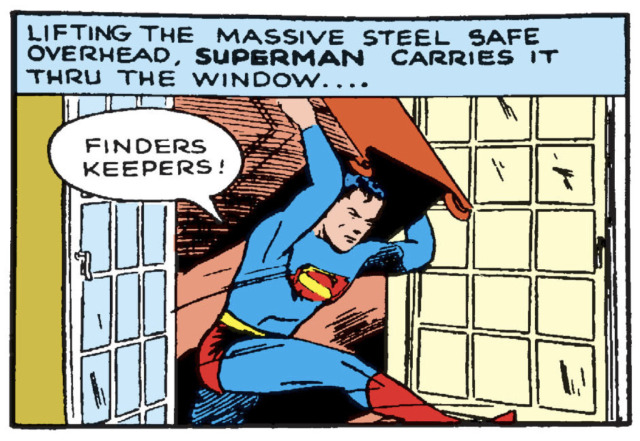This blog has on many occasions discussed the difficult world that IP can be for both AI creations and inventions (e.g. more here, here and here), with the landscape looking more and more 'hostile' towards AI creations and inventorship. This hasn't, however, put a damper on many who will keep trying to push the envelope, and test the limits of IP laws across the world. Such an individual is the prolific inventor, Stephen Thaler, who has been on a crusade to enable AI to own many IP rights, having failed on many occasions along the way. His saga has since continued, with the US Federal Court being the next court to consider AI authorship this month.
The case of Stephen Thaler v Shira Perlmutter, Register of Copyrights an Director of the US Copyright Office concerned a system called "Creativity Machine", which Mr Thaler owns. Creativity Machine has, according to Mr Thaler, generated a piece of visual art of its own accord, which he then sought to register on the system's behalf. This application was rejected by the US Copyright Office for a lack of human authorship (see link above). Mr Thaler did not accept this outcome and appealed the decision, which landed on the desk of Judge Howell.
Both parties sought summary judgment on the matter, for which Judge Howell handed down their judgment. At its core the matter concerned "whether a work generated entirely by an artificial system absent human involvement should be eligible for copyright".
Judge Howell first noted that, pursuant to the US Copyright Act 1976, copyright protection attaches immediately upon the creation of “original works of authorship fixed in any tangible medium of expression", provided those works meet certain requirements.
The judge also noted that "copyright law has proven malleable enough to cover works created with or involving technologies developed long after traditional media of writings memorialized on paper", which gives the Act scope to broadly adapt to changing technologies and methods of creation.
However, despite this adaptability, at its core copyright still requires human creativity, even if that creativity is "channeled through new tools or into new media". The judge determined that "[h]uman involvement in, and ultimate creative control over, the work at issue was key to the conclusion that the new type of work fell within the bounds of copyright" (referring to the decision in Burrow-Giles Lithographic Co. v Sarony).
To really drive the point home, Judge Howell states that "[c]opyright has never stretched so far, however, as to protect works generated by new forms of technology operating absent any guiding human hand, as plaintiff urges here. Human authorship is a bedrock requirement of copyright". The important point here is that the decision requires that a human guides the creation of a work by AI systems, so an absence of human intervention can lead to the works falling outside of copyright protection.
As has been mentioned in earlier decisions, this position is corroborated by the text in the Act itself, which notes that copyright attaches to "original works of authorship fixed in any tangible medium of expression, now known or later developed, from which they can be perceived, reproduced, or otherwise communicated, either directly or with the aid of a machine or device". The fixation of the work must also be done "by or under the authority of the author".
While the term 'author' is not defined in the Act, the judge quickly decided that the Act requires a copyrightable work to have an originator with the capacity for intellectual, creative, or artistic labour who specifically is a human. Additionally, "[t]he act of human creation—and how to best encourage human individuals to engage in that creation, and thereby promote science and the useful arts—was thus central to American copyright from its very inception".
The requirement for human authorship has also been followed and kept as copyright laws have evolved, with the Supreme Court consistently ruling that it is a crucial requirement for copyright protection (e.g. in Sarony above, Mazer v Stein and Goldstein v California).
The courts have also consistently rejected copyright ownership by non-human authors. This has included divine beings (Urantia Found. v Kristen Maaherra), gardens (Kelley v Chicago Park District) and monkeys (Naruto v Slater).
Judge Howell nevertheless acknowledges that in the future the courts and/or legislatures will have to grapple with "how much human input is necessary to qualify the user of an AI system as an “author” of a generated work, the scope of the protection obtained over the resultant image, how to assess the originality of AI-generated works where the systems may have been trained on unknown pre-existing works, how copyright might best be used to incentivize creative works involving AI, and more".
Judge Howell concluded that the US Copyright Office acted properly in denying copyright registration for a work created absent any human involvement.
The decision is one in a long string which have denied AI authorship and inventorship, and it looks unlikely that this will change bar legislative amendments to existing copyright regimes. The current, admittedly nearly archaic legislative frameworks have not, and frankly could not have, conceived of a world where computers or AI systems could create as they do currently. This leaves legislative action as imperative, lest we want the law to forever lag behind technology.


